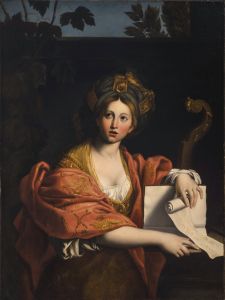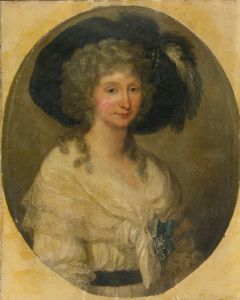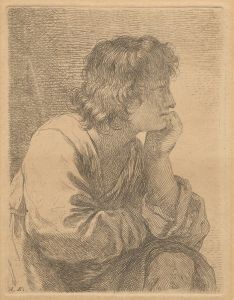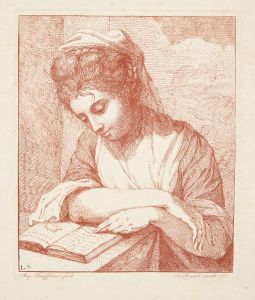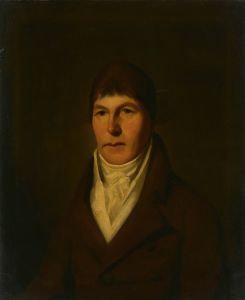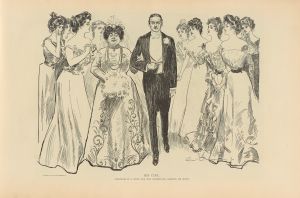
Dr. John Morgan of Philadelphia
A hand-painted replica of Angelica Kauffmann’s masterpiece Dr. John Morgan of Philadelphia, meticulously crafted by professional artists to capture the true essence of the original. Each piece is created with museum-quality canvas and rare mineral pigments, carefully painted by experienced artists with delicate brushstrokes and rich, layered colors to perfectly recreate the texture of the original artwork. Unlike machine-printed reproductions, this hand-painted version brings the painting to life, infused with the artist’s emotions and skill in every stroke. Whether for personal collection or home decoration, it instantly elevates the artistic atmosphere of any space.
Angelica Kauffmann's portrait "Dr. John Morgan of Philadelphia" is a significant work that highlights the intersection of art and medicine in the 18th century. Angelica Kauffmann, a Swiss-born artist, was one of the most prominent female painters of her time, known for her neoclassical style and her ability to capture the character and intellect of her subjects. Her portrait of Dr. John Morgan is a testament to her skill and the esteem in which she held her subject.
Dr. John Morgan (1735–1789) was a notable American physician and a pioneering figure in the development of medical education in the United States. He was a co-founder of the first medical school in America, the College of Philadelphia, which is now part of the University of Pennsylvania. Morgan was an advocate for the professionalization of medicine and emphasized the importance of a formal medical education, which was a relatively novel concept in America at the time.
The portrait was painted during a period when Dr. Morgan was in Europe, furthering his medical studies and establishing connections with leading figures in the medical field. It was during this time that he likely encountered Angelica Kauffmann, who was working in London and had gained a reputation as a talented portraitist. The exact date of the painting is not definitively known, but it is generally believed to have been completed in the 1760s, during Morgan's European sojourn.
In the portrait, Dr. John Morgan is depicted with a calm and composed demeanor, reflecting his intellectual pursuits and his status as a learned physician. Kauffmann's use of light and shadow, along with her attention to detail, serves to highlight Morgan's thoughtful expression and the refined elegance of his attire. The background is typically understated, drawing the viewer's attention to the subject himself, a common technique in Kauffmann's portraiture that emphasizes the personal qualities of the sitter.
This painting is not only a representation of Dr. Morgan but also serves as a historical document that provides insight into the cultural and intellectual exchanges between Europe and America during the 18th century. It underscores the respect and recognition that American intellectuals like Morgan received abroad, and it reflects the burgeoning interest in science and medicine that characterized the Enlightenment period.
Angelica Kauffmann's work, including this portrait, played a role in shaping the neoclassical movement in art, which sought to revive the classical ideals of beauty, simplicity, and symmetry. Her ability to capture the essence of her subjects made her one of the most sought-after portraitists of her time, and her work continues to be celebrated for its artistic and historical significance.
The portrait of Dr. John Morgan remains an important piece in the study of both art history and the history of medicine, symbolizing the cross-cultural connections and the advancement of knowledge that were hallmarks of the Enlightenment era.







